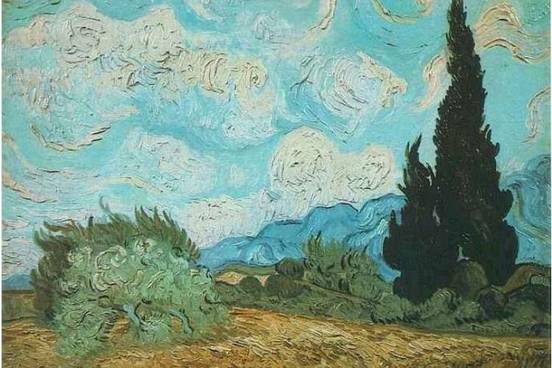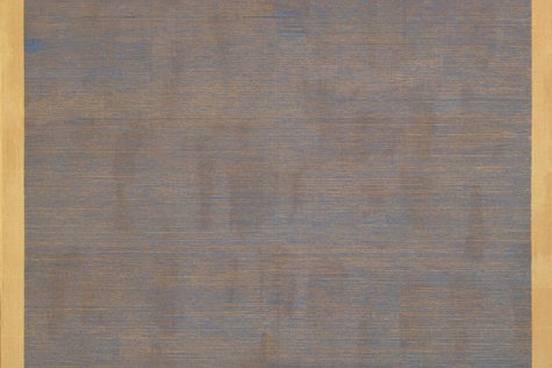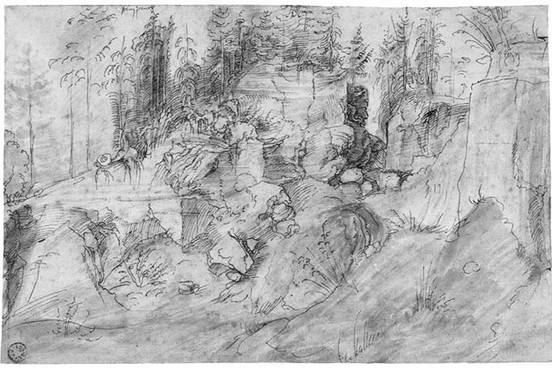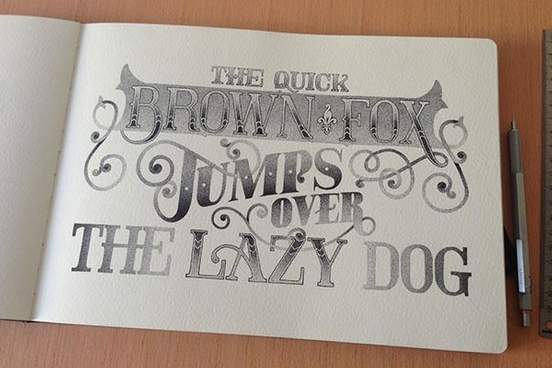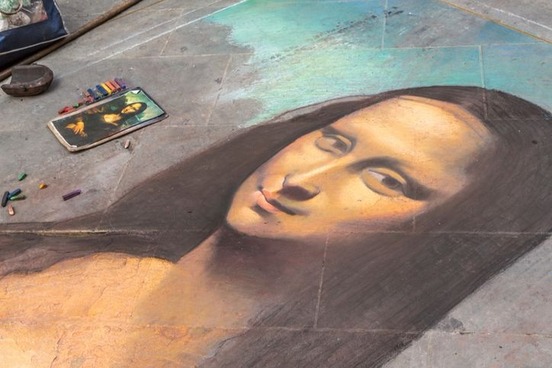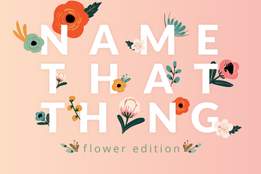Impasto describes a technique in which paint is layered thickly on a surface, so that it creates a ridged texture when it dries.
You can almost see the paste in impasto, and the Italian verb impastare, from which it derives, means "to make into a paste or dough." Vincent van Gogh, with his swirling layers of color, was among artists known for using this technique.
Gouache is a kind of painting using watercolors that are more opaque than regular watercolors because a gum or thickening pigment has been added.
The technique goes as far back as the ancient Egyptians, but many artists of different styles have employed it. Since it is particularly useful for producing vivid fields of color, it appears in the work of many abstract artists, such as Henri Matisse and Agnes Martin.

Craquelure
Craquelure refers to the pattern of fine cracks that appears in the varnish, color, or enamel on a work of art as it dries and ages. While it might sound like an effect of deterioration, craquelure is useful when it comes to distinguishing a genuine work of art from a forgery.
Hatching refers to the drawing or engraving of lines close together as a method of shading. The closer the lines, the darker the impression that is created. When the lines are drawn at an angle so as to intersect one another, that is called cross-hatching.
Albrecht Dürer's sketches were noted for the artist's adept use of cross-hatching to indicate foreshortening (an appearance of something, such as a subject's nose, as shorter than it really is due to its being pointed toward the viewer).
The French word for this technique, hachure, is used in English for the drawing of lines close together on maps to depict areas of elevation.

Gesso
Gesso has a couple of different meanings in the art world. In sculpture, it refers to a mineral (such as plaster of paris or gypsum) prepared with glue for use in making bas-reliefs.
Painters use a different kind of gesso when they stretch their canvases. This gesso is a white sizing paste that coats and tightens the canvas after it has been attached to the frame.
Chiaroscuro refers to how light and shadow are rendered on an object in a painting to create the perception of depth. The technique is commonly associated with the Renaissance, where it was brought to prominence by Leonardo da Vinci in such works at The Adoration of the Magi (ca. 1481-82) and Caravaggio in The Incredulity of St. Thomas (ca. 1601-02).
The word chiaroscuro is oxymoronic; it comes from the contrasting Italian words for "clear, light" (chiaro) and "obscure, dark" (oscuro).
Fresco refers to painting done on fresh lime plaster with water-based pigments, so that the pigment fuses into the plaster as it is drying. The Italian word fresco means "fresh," but since it can also mean "fresh air," the adjective phrase al fresco describes activities (such as dining) that take place outdoors.
The heyday of fresco painting was the Italian renaissance; Michelangelo's paintings in the Sistine Chapel may be the most famous of all. Diego Rivera is among the muralists who attempted to revive the technique in the 20th century.
The verb stipple means to paint with repeated small touches in order to produce an even or softly graded shadow. Stippling is also used as a shading technique in drawing and printmaking.
The term is often compared to pointillism—made famous by Georges Seurat—with the distinction that pointillism uses close dots of color to give the impression of their being blended when looked at from a distance.
To scumble means to "make (something, such as color or a painting) less brilliant by covering with a thin coat of opaque or semiopaque color applied with a nearly dry brush" or "to soften the lines or colors of (a drawing) by rubbing lightly."
The first of these techniques was a component of the Venetian School, brought to prominence by the 16th-century artist Titian, known for passing opaque colors over tinted backgrounds to create subtle tones and shadows. The word is thought to be related to an obsolete form of the verb skim, meaning "to pass lightly over."

Pastel
As a drawing material, pastel refers to crayons made of powdered pigment. They can be used to produce a range of colors, particularly when oil is used as a binder, but drier pastels produce lighter colors, which is how we arrived at the use of pastel to refer to tones of low saturation, like the light blues and creams worn by Crockett on Miami Vice.
Sfumato refers to the definition of form in painting by the blending of one tone into another, rather than by a clear outline. The word derives from the Italian sfumare, meaning "to evaporate," and is related to the Italian word for smoke (fumo). Like smoke, a form rendered in sfumato tends to evaporate or disappear into the air that surrounds it. Leonardo da Vinci used the term to describe how the edges of the Mona Lisa seem to blend into the surrounding shadows.
